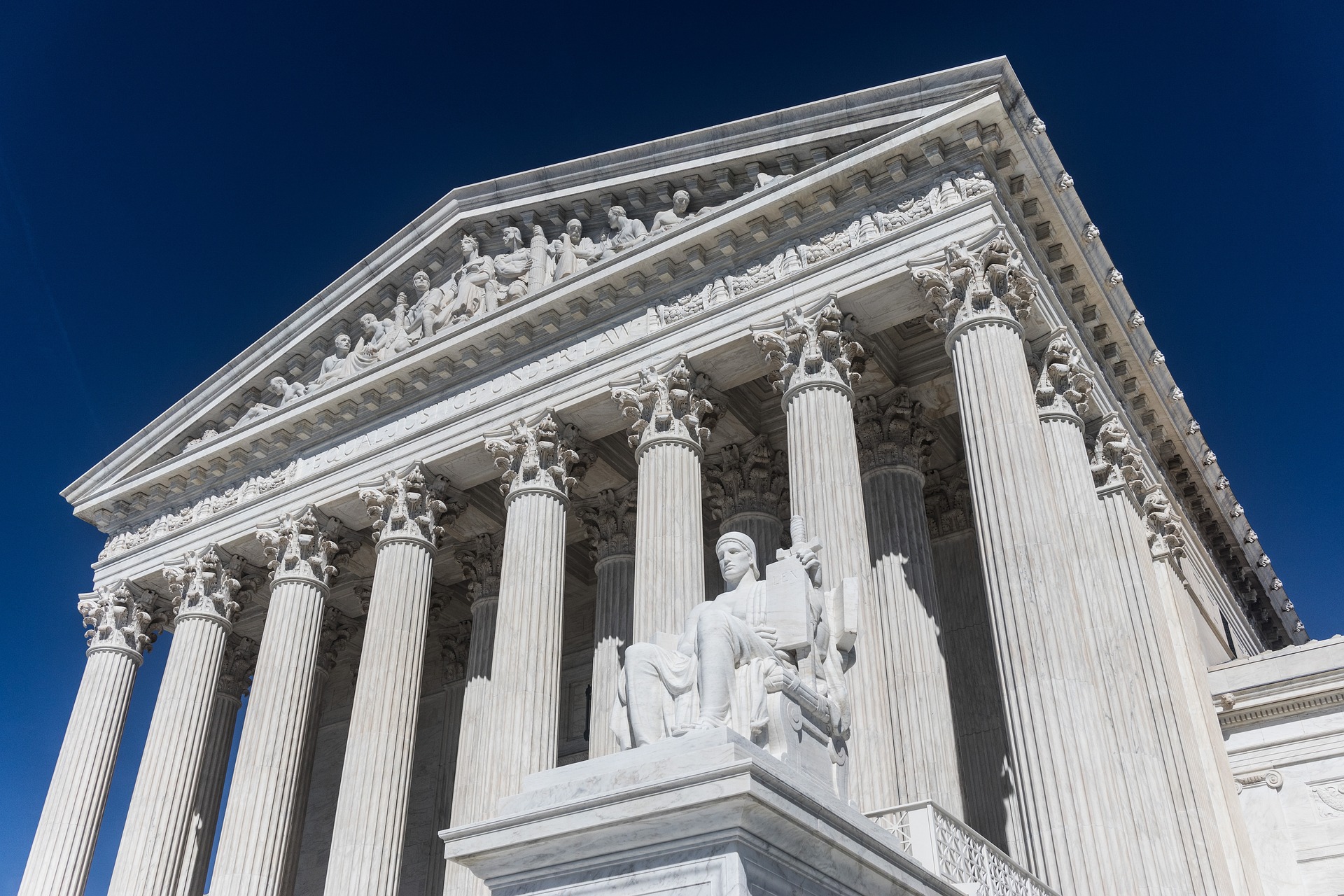The Transformation of Cybersecurity Legislation
The changing landscape of the digital world has necessitated a shift in the way laws are created and enforced. In this article, we delve into the riveting world of cybersecurity legislation, tracing its evolution, exploring recent developments, and contemplating its impact on society.

A Brief History of Cybersecurity Legislation
The advent of the internet in the late 20th century changed the landscape of communication and information. However, along with this came a need for protection against cyber threats. The first notable attempt at cybersecurity legislation in the United States was the Computer Fraud and Abuse Act (CFAA) of 1986, which criminalized unauthorized access to protected computers. Since then, various laws and amendments have been enacted to address the growing complexities of cyber threats.
Evolution in Cyber Threats and Their Legal Implications
As technology has evolved, so have cyber threats. From viruses and worms in the 1990s to sophisticated ransomware attacks today, cyber threats have become more complex and damaging. In response, cybersecurity laws have also developed. For instance, the Patriot Act of 2001 expanded the scope of surveillance capabilities, while the Cybersecurity Act of 2015 promoted information sharing between the government and private sector.
Recent Developments in Cybersecurity Legislation
In response to the increasing sophistication of cyber threats, governments worldwide have been making concerted efforts to strengthen their cybersecurity laws. The European Union, for example, implemented the General Data Protection Regulation (GDPR) in 2018, setting a new global standard for data protection. In the U.S, the National Defense Authorization Act for Fiscal Year 2021 included several provisions aimed at improving the country’s cybersecurity infrastructure.
Societal Impact of Cybersecurity Laws
The societal impacts of cybersecurity laws are far-reaching. On the one hand, they provide a legal framework for prosecuting cybercriminals and protecting citizens from cyber threats. On the other hand, they can impact individual privacy rights and civil liberties. For instance, legislation that allows increased surveillance can lead to concerns over government overreach.
The Future of Cybersecurity Legislation
As we continue to embrace digital transformation, the need for robust cybersecurity laws will only increase. The challenge for lawmakers will be to balance the need for security with the protection of civil liberties. It will require ongoing dialogue, public involvement, and a keen understanding of both technology and law.
In conclusion, the evolution of cybersecurity legislation is a fascinating study in how law adapts to societal changes. As cyber threats continue to evolve, so too will the laws designed to combat them. This topic underscores the importance of remaining informed and engaged as citizens in an increasingly digital world.




